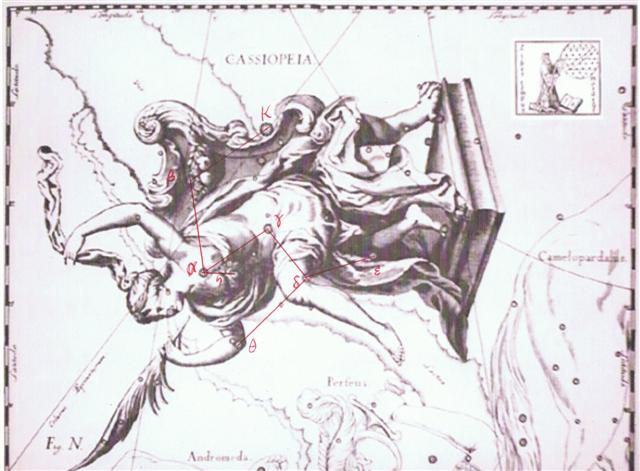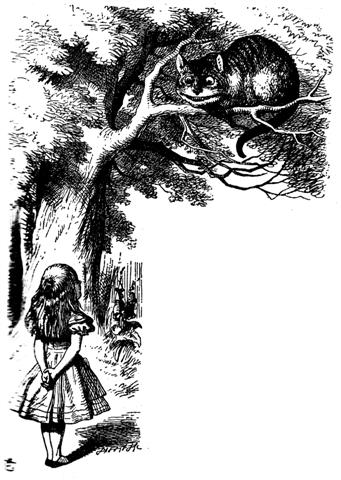|
ADDENDA
8. When I recently had to buy hair schampo I encountered difficulties. I searched in vain among all the shelves with every kind of ointments, cures, and medicine pills. Finally I had to beg for help, and she knew immediately and pointed to a bottle which was of another design and colour than that which I knew and had searched for. The designers had changed everything. I wonder how many previous customers they had lost. At home I looked closer and the colour of the schampo bottle was a pure white with a pair of labels in a light bluegrey colour. I could read that the ingredients had changed too, and now the viscius fluid inside was based on coco-nut oil. This made me realize why they in November 18 on Hawaii had connected the return of the Pleiades to visibility with Breaking of the Coconut: ... The correspondence between the winter solstice and the kali'i rite of the Makahiki is arrived at as follows: ideally, the second ceremony of 'breaking the coconut', when the priests assemble at the temple to spot the rising of the Pleiades, coincides with the full moon (Hua tapu) of the twelfth lunar month (Welehu). In the latter eighteenth century, the Pleiades appear at sunset on 18 November. Ten days later (28 November), the Lono effigy sets off on its circuit, which lasts twenty-three days, thus bringing the god back for the climactic battle with the king on 21 December, the solstice (= Hawaiian 16 Makali'i). The correspondence is 'ideal' and only rarely achieved, since it depends on the coincidence of the full moon and the crepuscular rising of the Pleiades ... Of course! Such a nut will, if it is broken, generate a milky fluid similar to that from a woman's breast! Both were cues for thinking of the Milky Way. Therefore the culmination (at 21h) of the star named Breast (viz. Schedir in Cassiopeia) had to coincide with November 18.  On the islands of Polynesia it would have been quite natural to relate a milky white fluid with coconut milk from their great Niu trees. The druids had for their part instead the Oak as their world tree. And up at its top end was a very curious growth: ... Hercules first appears in legend as a pastoral sacred king and, perhaps because shepherds welcome the birth of twin lambs, is a twin himself. His characteristics and history can be deduced from a mass of legends, folk-customs and megalithic monuments. He is the rain-maker of his tribe and a sort of human thunder-storm. Legends connect him with Libya and the Atlas Mountains; he may well have originated thereabouts in Palaeolithic times. The priests of Egyptian Thebes, who called him Shu, dated his origin as 17,000 years before the reign of King Amasis. He carries an oak-club, because the oak provides his beasts and his people with mast and because it attracts lightning more than any other tree. His symbols are the acorn; the rock-dove, which nests in oaks as well as in clefts of rocks; the mistletoe, or Loranthus; and the serpent. All these are sexual emblems. The dove was sacred to the Love-goddess of Greece and Syria; the serpent was the most ancient of phallic totem-beasts; the cupped acorn stood for the glans penis in both Greek and Latin; the mistletoe was an all-heal and its names viscus (Latin) and ixias (Greek) are connected with vis and ischus (strength) - probably because of the spermal viscosity of its berries, sperm being the vehicle of life. This Hercules is male leader of all orgiastic rites and has twelve archer companions, including his spear-armed twin, who is his tanist or deputy. He performs an annual green-wood marriage with a queen of the woods, a sort of Maid Marian. He is a mighty hunter and makes rain, when it is needed, by rattling an oak-club thunderously in a hollow oak and stirring a pool with an oak branch - alternatively, by rattling pebbles inside a sacred colocinth-gourd or, later, by rolling black meteoric stones inside a wooden chest - and so attracting thunderstorms by sympathetic magic ... In the Mayan Popol Vuh the idea is described similarly: ... I do want it, said the maiden. Very well. Stretch out your right hand here, so I can see it, said the bone. Yes, said the maiden. She stretched out her right hand, up there in front of the bone. And then the bone spit out its saliva, which landed squarely in the hand of the maiden. And then she looked in her hand, she inspected it right away, but the bone's saliva wasn't in her hand. It is just a sign I have given you, my saliva, my spittle. This, my head, has nothing on it - just bone, nothing of meat. It's just the same with the head of a great lord: it's just the flesh that makes his face look good. And when he dies, people get frightened by his bones. After that, his son is like his saliva, his spittle, in his being, whether it be the son of a lord or the son of a craftsman, an orator. The father does not disappear, but goes on being fulfilled. Neither dimmed nor destroyed is the face of a lord, a warrior, craftsman, an orator. Rather, he will leave his daughters and sons. So it is that I have done likewise through you. Now go up there on the face of the earth; you will not die. Keep the word. So be it, said the head of One and Seven Hunaphu - they were of one mind when they did it ...
|
